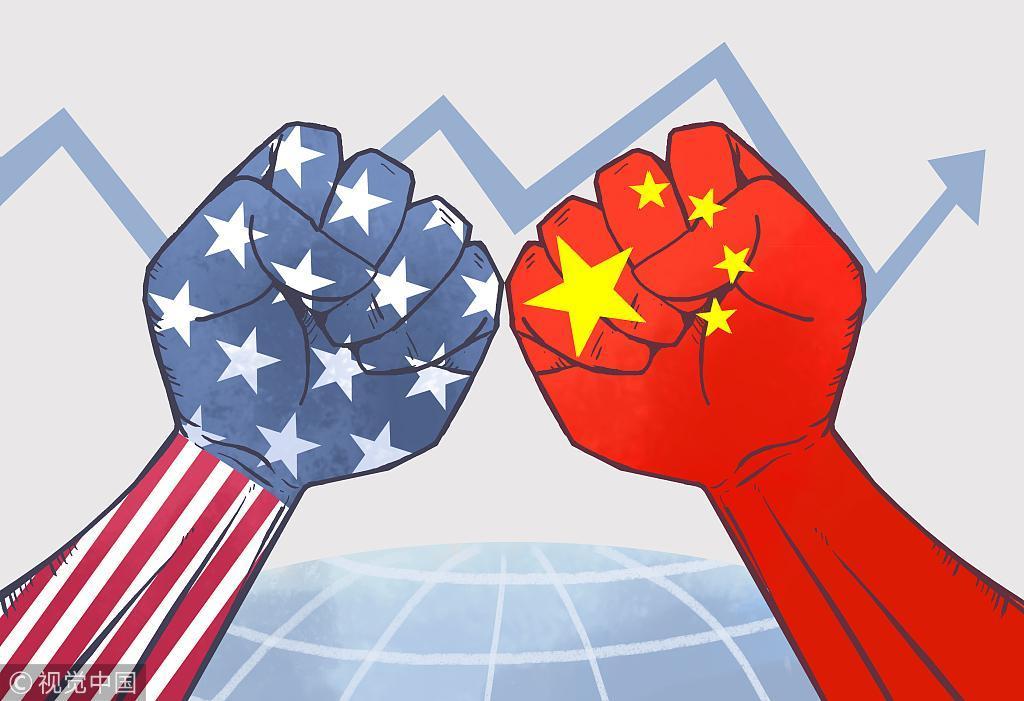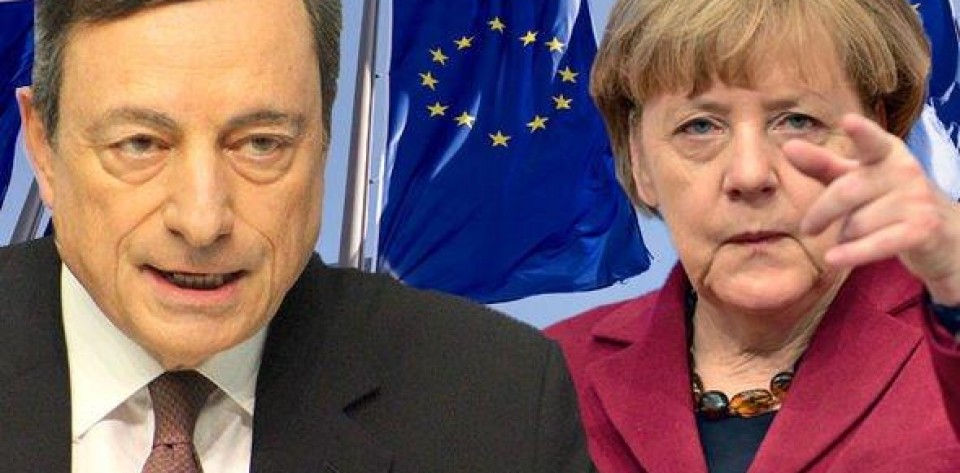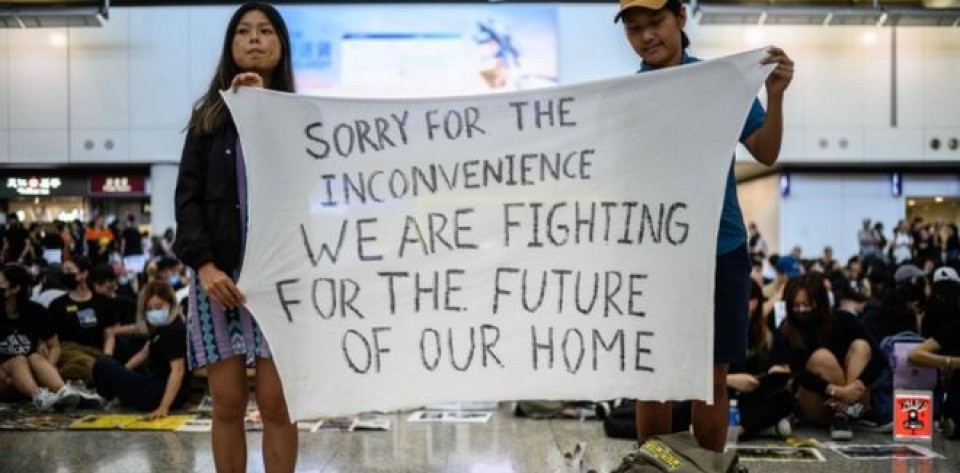Since President Trump took office in 2017, US has introduced series of measurements trying to reduce the trade imbalance with China. We shall not consider that these measurements arise due to existing administration will but by decade of failed negotiations aimed at establishing more equitable trade relationships between the two nations. We shall remember that Obama administration tried to achieve this by multiple high-level meetings with Chinese officials over Chinese barriers to US imports and Chinese manipulation of its currency; yuan.
Although China made gestures toward accommodation, China could not simply grant US demands for greater access to the Chinese market since Chinese market could not absorb the vast quantity of goods that Chinese industry was producing.
China is not like Japan once in 80s to US. Moreover, US sees increasing Chinese ambitions as threats to US interests. Geopolitics contain economics, politics and military issues. Japan more with military concern since Vladivostok was US main concern to stop USSR. But China creates threats to US interests. Therefore, it is more related with economics and politics.
China intends to diversify the trade via investment. The major one is “One Belt One Road Initiative”. It is a critical project to China. It represents one of the country’s few means to develop more export markets and find outlets for its surplus labour and industrial capacity at time when its economy due to problems with US is slowing. Therefore, “One Road One Belt Initiative” Project is unlikely to slow down or stop even if US-China relations deter heavily in future. It is because we start hearing that China will likely to use the election period to put pressure on Donald Trump like stopping or reducing the purchase of agriculture products heavily from US. And President Trump is unlikely to escalate the tension which would lose votes in 2020 elections.








